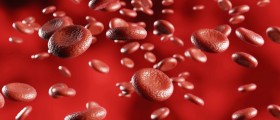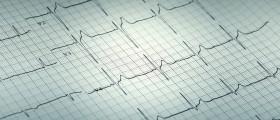What is the difference between cardiac MRI and cardiac cath
Loading...
Cardiac MRI (Magnetic Resonance Imaging) and cardiac catheterization (often simply called "cardiac cath") are both diagnostic procedures used to evaluate the heart, but they have different indications, methodologies, and potential risks. Here's a breakdown of the differences:
-
Nature of the Procedure:
- Cardiac MRI: This is a non-invasive imaging technique that uses a strong magnetic field and radio waves to create detailed images of the heart and the major blood vessels. No catheters or needles are involved, and no ionizing radiation (like X-rays) is used.
- Cardiac Catheterization: This is a minimally invasive procedure in which a catheter (a long, thin tube) is introduced usually through a blood vessel in the groin or wrist and advanced to the heart. X-ray imaging is used to guide the catheter and visualize the coronary arteries and the heart's chambers.
-
Primary Use:
- Cardiac MRI: Used to obtain detailed images of the heart's structure and function. It can assess the size and shape of the heart, thickness and motion of its walls, the function of its valves, and the presence of any scars or fibrosis. It's also useful in the assessment of certain congenital heart diseases.
- Cardiac Catheterization: Primarily used to identify blockages in the coronary arteries (angiography). It can also measure pressures within the heart's chambers and evaluate the function of the heart valves.
-
Risks:
- Cardiac MRI: Generally very safe. The primary considerations are ensuring that the patient has no metal implants or fragments that are not MRI-compatible (e.g., certain pacemakers, cochlear implants) as these can be affected by the strong magnetic field.
- Cardiac Catheterization: As an invasive procedure, it carries risks such as bleeding at the catheter insertion site, damage to the blood vessels, allergic reaction to the contrast dye, heart attack, stroke, and, very rarely, death. The risks are generally low but are higher than for non-invasive procedures.
-
Duration and Recovery:
- Cardiac MRI: The test usually takes 45 minutes to an hour. There's no recovery time; you can go about your day after the test.
- Cardiac Catheterization: The procedure itself might take 30 minutes to several hours, depending on what's being done. After the procedure, patients typically need a few hours of bed rest and might need to be monitored overnight in the hospital, especially if an intervention (like placing a stent) was done.
-
Indications:
- Cardiac MRI: Congenital heart defects, cardiomyopathies, heart tumors, vascular abnormalities, and more.
- Cardiac Catheterization: Suspected coronary artery disease (blockages), valvular heart disease, congenital heart defects, and other conditions.
Both cardiac MRI and cardiac catheterization provide valuable information about the heart and can be complementary in many clinical situations. The choice between them depends on the specific clinical question, the patient's medical history, and other individual factors.
Loading...
















